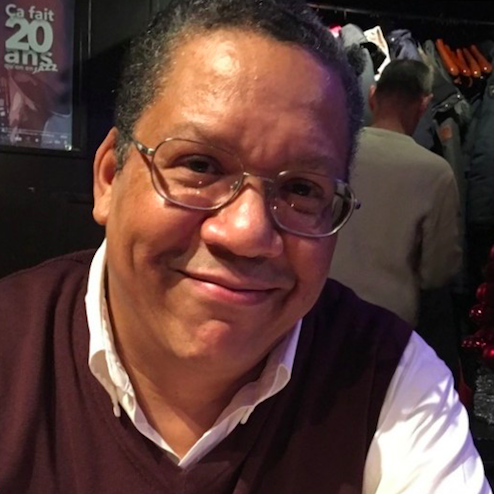
(Image: Trnava University/Unsplash)
Microorganisms in shower heads, dishwashers, washing machines, microwave ovens, toilet tanks and other seemingly ordinary spaces within our homes could soon advance technology to combat climate change.
Seed Health, in collaboration with The Two Frontiers Project and the global citizen science platform CitSci, just launched a community science initiative inviting citizen scientists throughout the United States to collect microbes from home environments that mimic the extreme conditions found in nature.
“Microbes have been evolving on Earth for billions of years, and they’ve learned to thrive in diverse environments, many of which humans couldn’t dream of surviving in,” Braden Tierney, Two Frontiers Project executive director, told TriplePundit in an email. “Those we’re discovering in extreme environments have a wide range of potential biotech applications, which are already being explored in various fields today.”
Microbes have survival mechanisms that allow them to flourish in some of the planet’s most extreme environments — from volcanic vents deep in the ocean to the icy plains of Antarctica, Tierney said. They’ve adapted to survive in everyday environments like freezers, water heaters and other spaces with harsh conditions.
“While everyday spaces may seem ordinary, they mirror the extreme conditions our planet may face in the future,” Tierney said, referring to rising temperatures, increased radiation, and heightened acidification of oceans and soils. “And their microbes could be key to unlocking future climate solutions.”
An enzyme discovered in Yellowstone National Park’s hot springs, for example, enables polymerase chain reaction (PCR) testing to detect COVID-19. The test typically involves having a blood sample or nasal swab sample sent to a lab for diagnosis.
“This enzyme has evolved to survive extreme heat and can withstand the high temperatures used in PCR testing, something enzymes from other organisms can’t do,” Tierney said. “Because this enzyme remains stable and retains its structure through repeated heating cycles, labs can run tests much faster and more efficiently.”
Organisms that live in extreme environments often have biotech-relevant abilities like metabolizing — consuming something, processing it, and using it for energy like humans do with food — carbon dioxide and contamination, Tierney said.
“A golden rule for microbes is that if you want to find a bacteria that can eat a certain compound, such as pollutants or carbon dioxide in the ocean, you can look to an extreme environment where said compound is plentiful,” Tierney said. The “nature of extreme environments means they are chock-full of interesting metabolisms.”
In 2022, a Two Frontiers Project expedition funded by SeedLabs to underwater volcanic carbon dioxide vents off the coast of Sicily discovered a novel cyanobacterium that is exceptionally efficient at consuming carbon dioxide. It may outperform leading carbon-capture organisms.
“This discovery exemplifies the untapped potential of microbes and highlights the importance of exploring new and extreme environments to unlock transformative climate solutions,” Tierney said.
The new project, called The Extremophile Campaign: In Your Home, launched in the U.S. in October. Individuals interested in participating can share their observations on the CitSci site. Once participants submit their observations, Two Frontiers Project scientists will review the contributions and select 100 unique environments for sampling, Tierney said. Selected participants will receive specialized kits to collect and send in their microbial samples. The process will occur on a rolling basis as submissions come in.
“In terms of data we hope to receive, microbiological life often has macro-scale indicators that can be identified with multiple of the five senses,” Tierney said. “Even though we can’t make out single cells with the naked eye, unusual colors, smells, textures, and other data we’re looking for can help us tell what kinds of physiologies are present in a given area.”
The campaign’s success hinges on the collective effort of citizen scientists, he said.
“In extreme environments, we’re often focused on ensuring that we have the materials we need and that the team is safe. We’re not worried about safety in people’s homes, but what we do need is community scientists to get excited about the potential of microbial discovery under their noses and put some time in to help gather data,” Tierney said. “Where a single expedition is hard sometimes because of where you’re going, community science simply will not happen without the collective effort of many people.”
The campaign aims to bring science into the culture by shifting how people see everyday environments and inspiring them to actively participate, Ara Katz, co-founder and co-CEO of Seed Health, told 3p in an email.
“We're reframing the environments we live in and interact with every day — our homes, our appliances — as sources of discovery and potential solutions for the future of our planet,” Katz said. “There may be microbes right under our noses — in our freezers, microwaves, dishwashers — that could help solve some of the greatest challenges facing the health of our planet and ourselves.”

Gary E. Frank is a writer with more than 30 years of experience encompassing journalism, marketing, media relations, speech writing, university communications and corporate communications.














